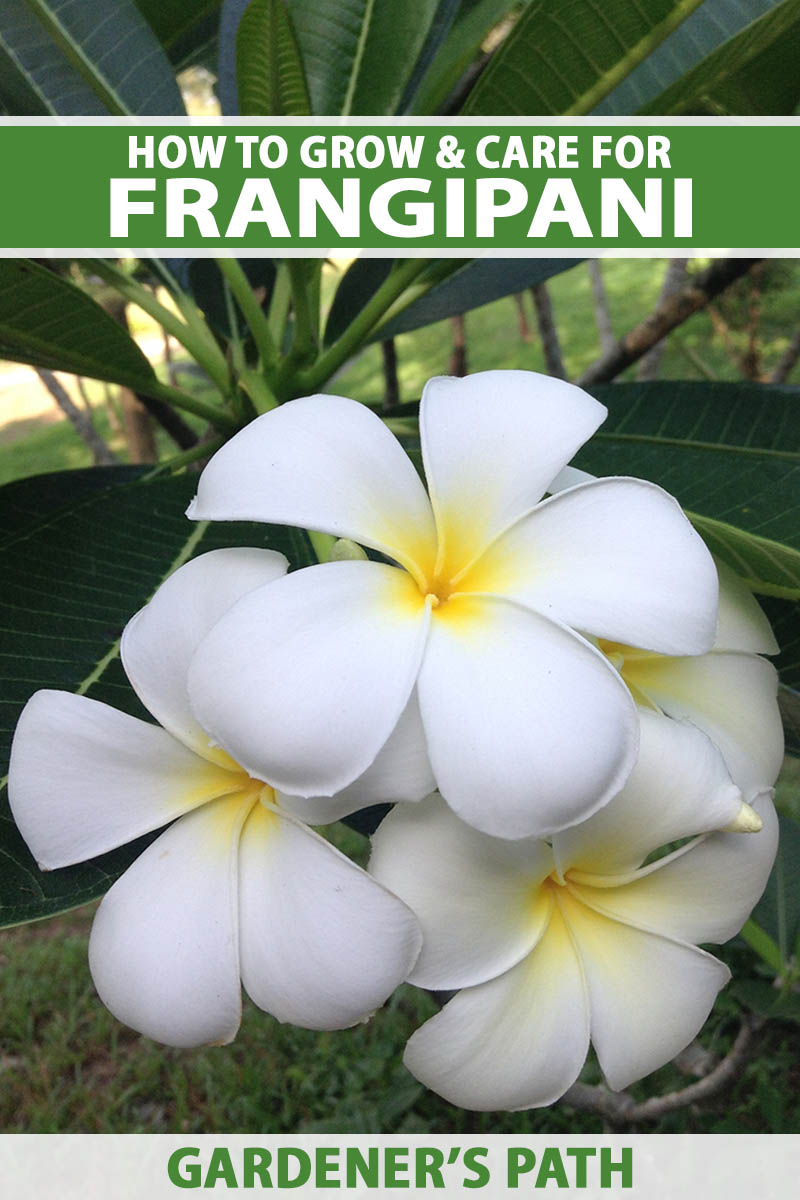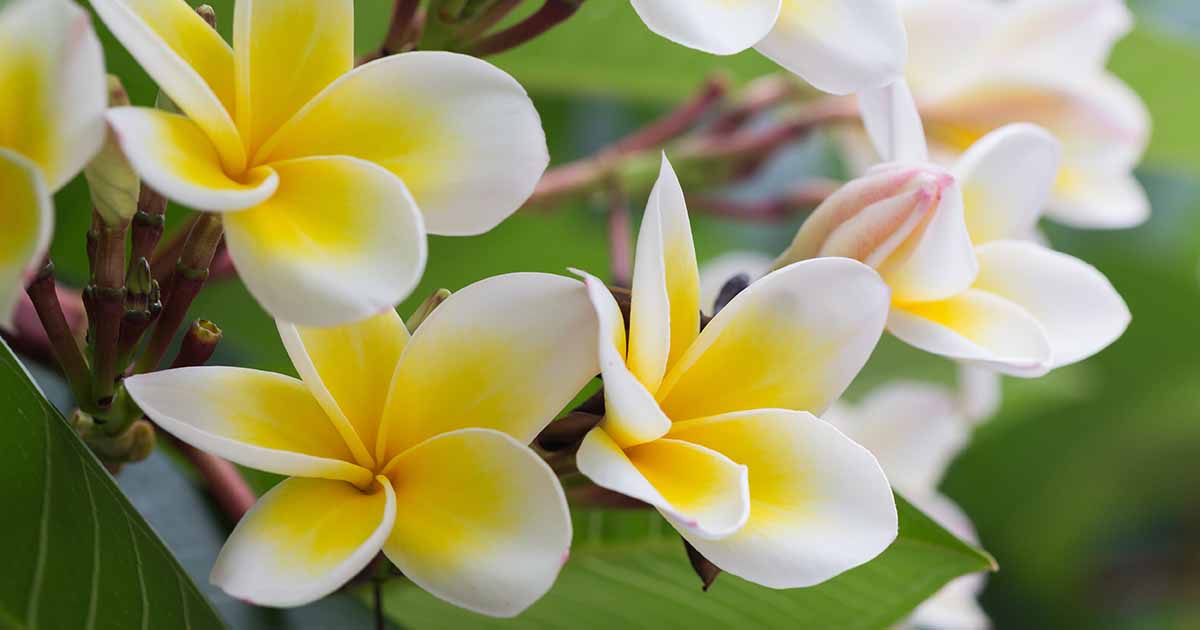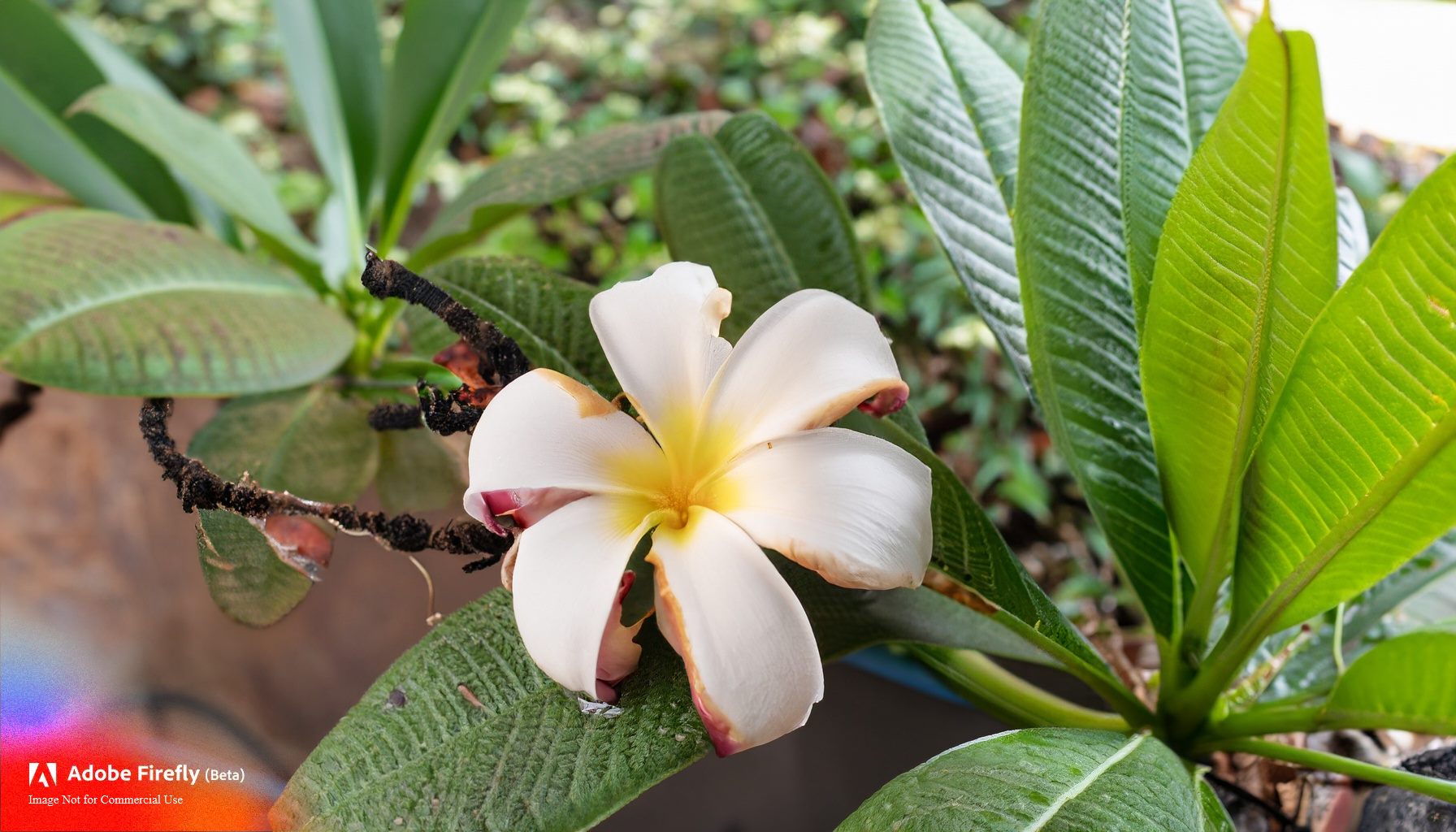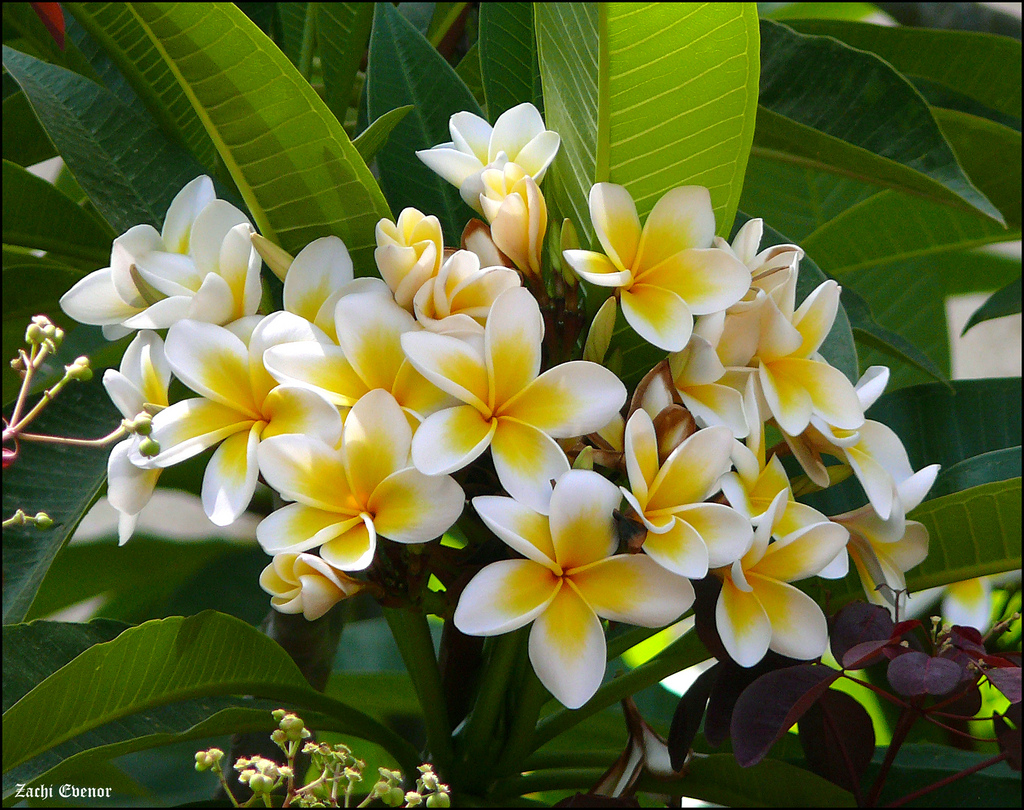The Essential Guide to Plumeria Plant Care
Plumeria plants, also known as frangipani, are a popular choice among gardeners and plant enthusiasts due to their stunning beauty and intoxicating fragrance. With proper care, these plants can thrive and provide a breathtaking display of blooms. However, many people struggle to keep their plumeria plants healthy and blooming. To help you unlock the secrets to growing thriving plumeria plants, we’ve put together this comprehensive guide on how to care for plumeria plant.
Plumeria plants are relatively low-maintenance, but they do require attention to their specific needs. By understanding the essential elements of plumeria plant care, you can create an ideal environment that fosters healthy growth and encourages blooming. In this article, we’ll cover the key aspects of plumeria plant care, including environment, watering, fertilizing, pruning, pest control, and propagation.
Whether you’re a seasoned gardener or a beginner, this guide will provide you with the knowledge and skills necessary to care for your plumeria plant. By following these simple tips and techniques, you can enjoy the beauty and fragrance of your plumeria plant for years to come. So, let’s dive in and explore the world of plumeria plant care.
From choosing the right environment to enjoying the fruits of your labor, we’ll cover everything you need to know to keep your plumeria plant thriving. With this guide, you’ll be well on your way to becoming a plumeria plant expert and enjoying the many benefits that these beautiful plants have to offer.
Choosing the Right Environment for Your Plumeria Plant
When it comes to creating an ideal environment for your plumeria plant, temperature, humidity, and light conditions are crucial. Plumeria plants thrive in warm temperatures between 65°F to 90°F (18°C to 32°C), making them perfect for tropical and subtropical regions. However, they can also be grown indoors in cooler climates, provided they receive sufficient light and warmth.
Humidity is another essential factor to consider when caring for your plumeria plant. These plants prefer a relatively high humidity, typically above 50%. To maintain the right humidity levels, you can place the plant on a tray filled with water and pebbles or use a humidifier nearby.
Light conditions are also vital for plumeria plant growth. These plants require bright, indirect light to photosynthesize and produce blooms. East- or west-facing windows are ideal for indoor plumeria plants, while outdoor plants should be placed in a spot that receives partial shade to full sun.
In addition to temperature, humidity, and light conditions, the type of soil and potting mix used can also impact the health of your plumeria plant. A well-draining potting mix specifically designed for tropical plants is recommended to prevent waterlogged soil and root rot.
When choosing a location for your plumeria plant, consider the air circulation and wind protection. Plumeria plants prefer gentle breezes, but strong winds can cause damage to the leaves and flowers. By providing the right environment, you can help your plumeria plant thrive and produce beautiful blooms.
Watering and Fertilizing Your Plumeria Plant
Proper watering and fertilizing are crucial for the health and growth of your plumeria plant. Over-watering and under-fertilizing can lead to root rot, nutrient deficiencies, and poor blooming. To avoid these common mistakes, it’s essential to understand the best practices for watering and fertilizing your plumeria plant.
Watering your plumeria plant requires careful attention to the soil moisture. Check the soil daily, and water only when the top 1-2 inches of soil feel dry to the touch. Avoid getting water on the leaves or flowers to prevent fungal diseases. Water at the base of the plant, allowing the soil to absorb the moisture.
Fertilizing your plumeria plant is also critical for its growth and blooming. Use a balanced, water-soluble fertilizer (20-20-20) during the growing season (spring-fall). Dilute the fertilizer to half the recommended strength to avoid burning the roots. Apply the fertilizer once a month, taking care to avoid over-fertilizing.
In addition to regular fertilizing, plumeria plants benefit from occasional feeding with a high-phosphorus fertilizer (10-20-10). This promotes blooming and fruiting. Apply the high-phosphorus fertilizer once every 2-3 months, following the manufacturer’s instructions.
When learning how to care for plumeria plant, it’s essential to remember that these plants have different watering and fertilizing needs during the dormant season (winter). Reduce watering to once every 4-6 weeks, and avoid fertilizing during this period.
By following these guidelines for watering and fertilizing your plumeria plant, you can provide the necessary nutrients for healthy growth and blooming. Remember to monitor your plant’s response to watering and fertilizing, adjusting your schedule as needed to ensure optimal care.
Pruning and Grooming for Optimal Growth
Regular pruning and grooming are essential for maintaining the health and appearance of your plumeria plant. Pruning helps to promote healthy growth, encourages blooming, and removes dead or damaged branches. Grooming, on the other hand, involves removing dead flowers, shaping the plant, and maintaining its overall appearance.
To prune your plumeria plant, start by removing any dead or damaged branches. Cut the branches at a 45-degree angle, just above a node (where a leaf meets the stem). This will help the plant to heal quickly and reduce the risk of disease. Next, remove any weak or spindly growth, as this can divert energy from the rest of the plant.
After pruning, inspect your plant for any dead flowers or seed pods. Remove these to encourage the plant to produce new blooms and to prevent seed production. You can also shape the plant to maintain its desired shape or size. Use clean, sharp pruning tools to prevent spreading diseases.
In addition to pruning, regular grooming is necessary to keep your plumeria plant looking its best. Remove any dead or dying leaves, and trim back any overgrown branches. This will help to maintain air circulation and prevent fungal diseases.
When learning how to care for plumeria plant, it’s essential to remember that pruning and grooming are ongoing processes. Regular pruning and grooming will help to promote healthy growth, encourage blooming, and maintain the overall appearance of your plant.
By incorporating regular pruning and grooming into your plumeria plant care routine, you can enjoy a thriving and beautiful plant that provides fragrance and beauty to your garden or indoor space.
Pest and Disease Control for Plumeria Plants
Plumeria plants are susceptible to various pests and diseases that can harm their health and appearance. To prevent these issues, it’s essential to learn how to identify and treat common problems. By taking proactive measures, you can protect your plumeria plant from damage and ensure its optimal growth.
Common pests that can affect plumeria plants include mealybugs, spider mites, and scale. These pests can cause damage to the leaves, stems, and flowers, and can also transmit diseases. To control pests, use organic or chemical methods, such as insecticidal soap or neem oil. Apply these treatments according to the product’s instructions and take care to avoid harming beneficial insects.
Diseases that can affect plumeria plants include root rot, leaf spot, and powdery mildew. These diseases can be caused by fungal, bacterial, or viral infections, and can be spread through water, air, or insects. To prevent diseases, maintain good hygiene, provide adequate air circulation, and avoid over-watering. If you notice any signs of disease, treat the plant with a fungicide or bactericide, and remove any infected leaves or stems.
Root rot is a common problem in plumeria plants, especially when they are over-watered. To prevent root rot, ensure that the potting mix is well-draining, and avoid getting water on the leaves or crown of the plant. If you notice any signs of root rot, such as yellowing leaves or soft stems, treat the plant with a fungicide and repot it in fresh, well-draining potting mix.
By learning how to care for plumeria plant and taking proactive measures to prevent pests and diseases, you can enjoy a healthy and thriving plant that provides beauty and fragrance to your garden or indoor space.
Regular monitoring and maintenance are key to preventing pests and diseases in plumeria plants. By inspecting your plant regularly and taking action at the first sign of trouble, you can prevent minor issues from becoming major problems.
Repotting and Propagating Plumeria Plants
Repotting and propagating plumeria plants are essential steps in maintaining their health and promoting new growth. By repotting your plumeria plant, you can provide it with fresh soil and a larger pot, giving it room to grow and thrive. Propagation, on the other hand, allows you to create new plants from cuttings or seeds, which can be used to share with friends or expand your own collection.
To repot your plumeria plant, choose a pot that is only slightly larger than the previous one. Use a well-draining potting mix specifically designed for tropical plants, and gently remove the plant from its old pot. Inspect the roots and trim any dead or damaged roots before placing the plant in its new pot. Water thoroughly after repotting and provide bright, indirect light.
Propagation can be done through cuttings or seeds. To propagate through cuttings, take 3-4 inch stem cuttings from the tips of the branches. Remove lower leaves and dip the cut end in rooting hormone. Plant the cutting in a small pot filled with a well-draining potting mix, and water thoroughly. Keep the soil moist and provide bright, indirect light until roots develop.
Seed propagation is also possible, although it can be more challenging. Sow seeds in a seed starting mix and keep the soil warm and moist. Transplant seedlings into individual pots once they have 2-3 sets of leaves. Provide bright, indirect light and maintain high humidity until the seedlings are established.
By repotting and propagating your plumeria plant, you can enjoy a thriving and healthy plant that provides beauty and fragrance to your garden or indoor space. Remember to follow proper care techniques, including watering, fertilizing, and pruning, to ensure the continued health and success of your plumeria plant.
Repotting and propagation are important steps in the life cycle of a plumeria plant. By understanding how to care for plumeria plant through these processes, you can enjoy a long and rewarding relationship with your plant.
Common Mistakes to Avoid When Caring for Plumeria Plants
When learning how to care for plumeria plant, it’s essential to be aware of common mistakes that can harm your plant. By avoiding these mistakes, you can ensure your plumeria plant receives the best care and thrives in its environment.
One of the most common mistakes is over-watering. Plumeria plants are sensitive to too much water, which can cause root rot and other problems. To avoid over-watering, check the soil moisture regularly and only water when the soil feels dry to the touch.
Under-fertilizing is another mistake that can harm plumeria plants. Fertilizing provides essential nutrients for growth and blooming, so it’s crucial to use a balanced fertilizer during the growing season. However, be careful not to over-fertilize, as this can also cause problems.
Inadequate pruning is another mistake that can harm plumeria plants. Pruning helps to promote healthy growth, encourages blooming, and removes dead or damaged branches. By pruning your plumeria plant regularly, you can maintain its shape and promote optimal growth.
Not providing enough light is another mistake that can harm plumeria plants. Plumeria plants require bright, indirect light to photosynthesize and produce blooms. If your plant is not receiving enough light, it may not bloom or may become leggy.
By avoiding these common mistakes, you can ensure your plumeria plant receives the best care and thrives in its environment. Remember to monitor your plant regularly and take action if you notice any problems.
By following these tips and avoiding common mistakes, you can enjoy a healthy and thriving plumeria plant that provides beauty and fragrance to your garden or indoor space.
Enjoying the Fruits of Your Labor: Plumeria Plant Blooming and Fragrance
One of the most rewarding experiences of growing a plumeria plant is enjoying its beautiful blooms and fragrance. With proper care and attention, your plumeria plant can produce an abundance of fragrant flowers that can be used in a variety of ways.
To encourage blooming, make sure your plumeria plant is receiving enough light and water. Fertilize your plant regularly, and prune it to maintain its shape and promote healthy growth. With proper care, your plumeria plant can produce blooms in a variety of colors, including pink, white, yellow, and red.
Once your plumeria plant has bloomed, you can enjoy its fragrance in a variety of ways. You can use the flowers in leis, potpourri, and other crafts, or simply enjoy their sweet scent in your garden or indoor space. To make the most of your plumeria plant’s fragrance, you can also use the flowers to make perfumes, lotions, and other fragrant products.
In addition to their fragrance, plumeria flowers are also edible and can be used in a variety of dishes, such as salads, desserts, and drinks. You can also use the flowers to make tea, which is said to have a number of health benefits.
By following these tips and enjoying the fruits of your labor, you can experience the full beauty and fragrance of your plumeria plant. Whether you’re growing your plant for its blooms, fragrance, or edible flowers, with proper care and attention, you can enjoy a thriving and healthy plumeria plant that provides beauty and joy to your life.
Remember, the key to enjoying the fruits of your labor is to provide your plumeria plant with the proper care and attention it needs to thrive. By following these tips and avoiding common mistakes, you can enjoy a healthy and thriving plumeria plant that provides beauty and fragrance to your garden or indoor space.







